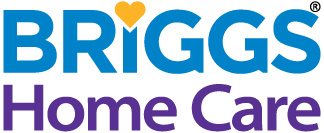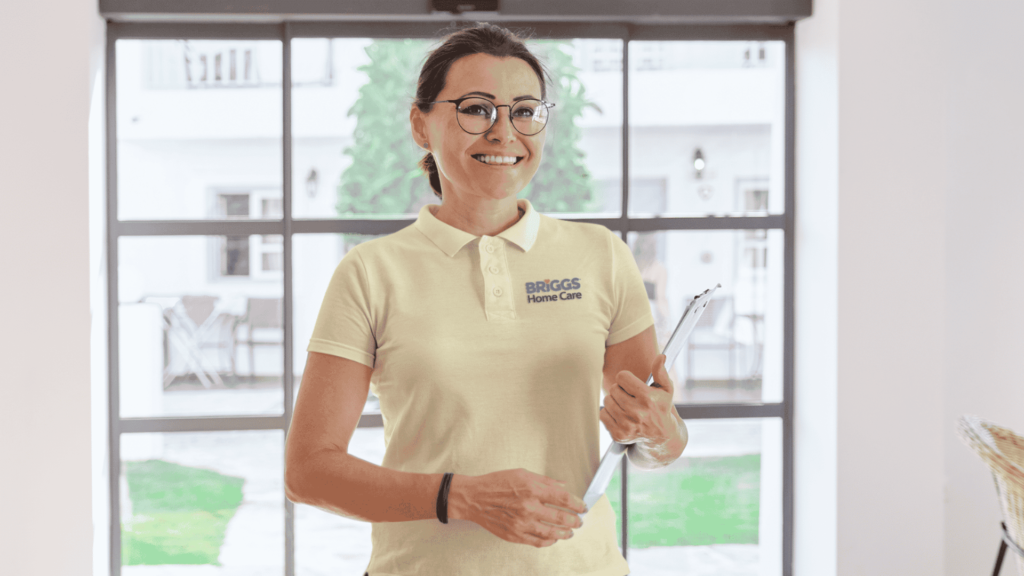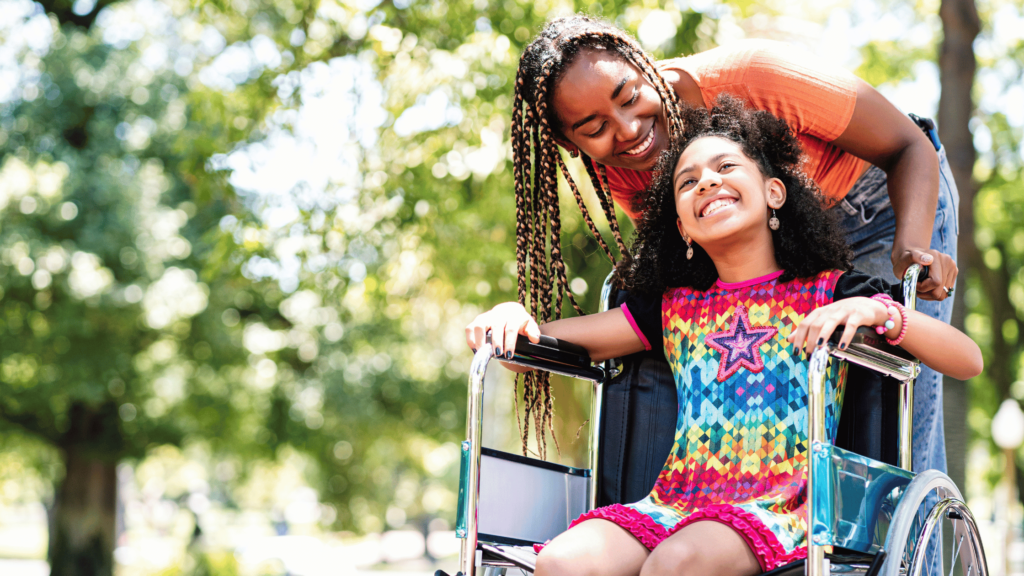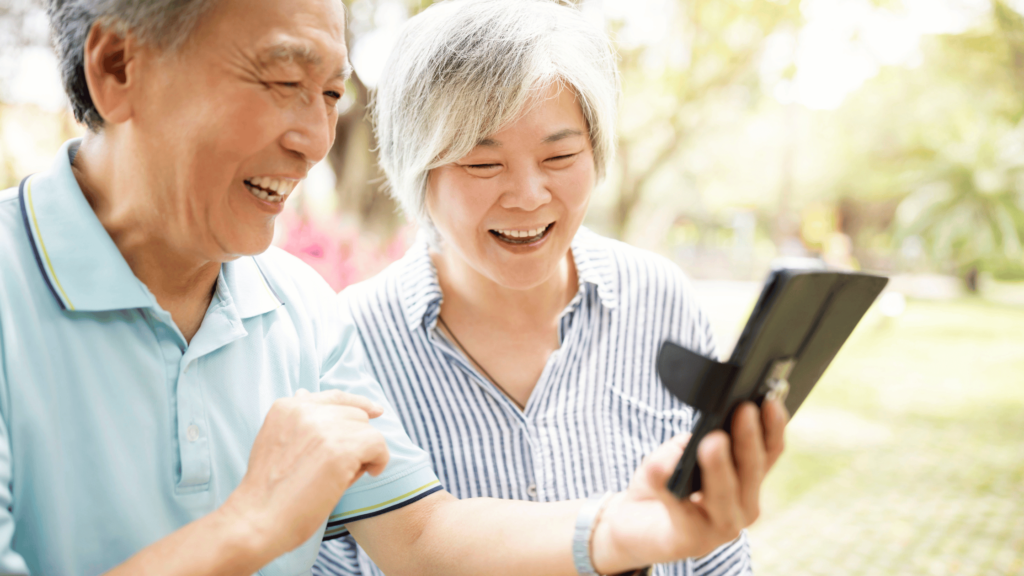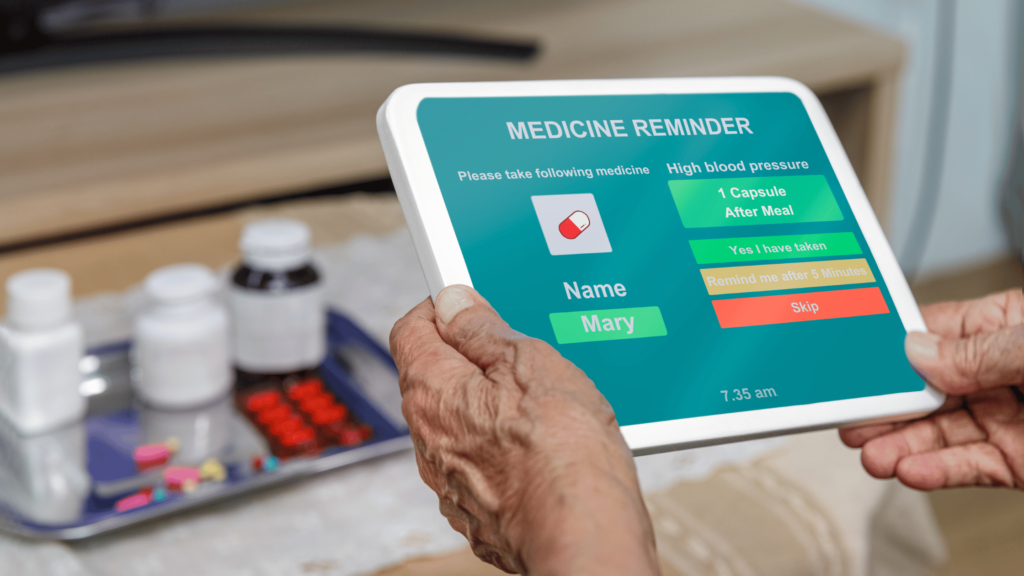Seniors receiving in-home care deserve a safe and secure environment that supports their well-being and independence. Ensuring their living space is free of hazards is crucial to prevent accidents and promote their overall health. This comprehensive home safety checklist will help families and caregivers create a secure home environment for their aging loved ones, from proper lighting to fall prevention measures. By addressing key areas of concern, we can reduce the risk of accidents and enhance the quality of life for seniors under in-home care.
Key Takeaways:
- Regular Home Safety Inspections: Conduct regular home safety inspections to identify and address potential hazards that could pose a risk to seniors receiving in-home care.
- Fall Prevention Measures: Implement fall prevention measures such as removing clutter, installing grab bars in bathrooms, and ensuring proper lighting to reduce the risk of falls.
- Emergency Preparedness: Establish emergency response plans, keep emergency contact information easily accessible, and ensure that seniors have access to medical alert devices for quick assistance in case of emergencies.
General Home Safety Tips
While receiving in-home care, ensuring that the living space is safe for seniors is imperative. Here are some general home safety tips to consider:
- Keep pathways clear and free of obstacles.
- Install grab bars in the bathroom to prevent falls.
- Ensure that all electrical outlets are in good working condition.
- Remove tripping hazards such as loose rugs or cables.
- Have a fire extinguisher in the kitchen.
Recognizing the importance of home safety for the elderly, it is crucial to implement these tips to prevent accidents and ensure a secure living environment.
Lighting and Electrical Safety
Proper lighting in the living space is crucial to prevent accidents. Ensure that all areas of the home are well-lit, especially staircases and hallways. Check electrical cords for any signs of damage and avoid overloading outlets. Consider installing night lights in the bedroom and bathroom to prevent falls during nighttime trips.
Clutter Reduction and Space Organization
Safety begins with creating a clutter-free environment. To ensure the safety of seniors, it is imperative to keep the living space organized and free of clutter. Remove unnecessary items and furniture to create a more spacious and navigable area. Consider implementing storage solutions such as shelves and cabinets to keep imperative items within reach and avoid accidents due to clutter.
Mobility and Accessibility
Safe Navigation Inside the Home
You or your loved one may face challenges with mobility as they age, making it crucial to ensure the home is safe and accessible. To promote safe navigation inside the home, consider removing tripping hazards such as loose rugs, ensuring clear pathways, and installing grab bars in hallways and commonly used areas.
Bathroom Safety Adaptations
The bathroom can pose significant risks for seniors due to slippery surfaces and limited space. Implementing proper bathroom safety adaptations is vital. This can include installing grab bars near the toilet and in the shower, using non-slip mats, and considering a shower chair for added stability.
It is crucial to prioritize bathroom safety as falls in the bathroom can result in serious injuries for seniors. Making these adaptations can significantly reduce the risk of accidents and promote independence and confidence in daily activities.
Health and Emergency Preparedness
Medication Management and Safety
Keep all medications properly organized and labeled in a secure location to prevent mix-ups or accidental overdoses. Expired medications should be disposed of properly and promptly. It is vital to have a clear medication schedule written down to ensure all doses are taken at the correct times.
Setting Up Emergency Response Systems
Preparedness is key when setting up emergency response systems for seniors. Ensure easy access to a phone or a medical alert device in case of emergencies. Understanding how to activate these systems can make a significant difference in a life-threatening situation. Quick access to emergency contact numbers and medical history information can help responders provide the best care.
Technology and Home Safety
Utilizing Assistive Devices
In addition to having a skilled caregiver by their side, seniors can greatly benefit from using assistive devices to enhance their safety at home. Items such as grab bars in the bathroom, non-slip mats, and bed rails can help prevent falls and provide support for everyday activities. These devices can greatly improve mobility and independence for seniors.
Smart Home Solutions for Aging in Place
Technology plays a crucial role in enhancing home safety for seniors aging in place. Smart home solutions offer a range of benefits, from remote monitoring of vital signs to automatic medication dispensers. For instance, smart sensors can detect a lack of movement for an extended period and alert caregivers or emergency services, ensuring timely assistance is provided. These innovative solutions can help seniors maintain their independence while ensuring their safety and well-being.
Health & Safety Matters
On the whole, ensuring the safety of seniors receiving in-home care is crucial to prevent accidents and promote their well-being. By following a comprehensive home safety checklist, caregivers can create a secure environment that meets the specific needs of elderly individuals.
From fall prevention measures to fire safety precautions, every aspect of the home should be carefully assessed and adapted to support the seniors’ independence and comfort. Regularly reviewing and updating the checklist is imperative to address any changing needs or circumstances. By prioritizing home safety, caregivers can provide a nurturing and secure environment for seniors to age in place safely.
FAQ
Q: Why is a home safety checklist important for seniors receiving in-home care?
A: A home safety checklist is crucial for seniors receiving in-home care to ensure their environment is free from hazards that could potentially cause accidents or injuries.
Q: What common items should be included in a home safety checklist for seniors?
A: Common items to include in a home safety checklist for seniors include checking for proper lighting, securing rugs and carpets, installing grab bars in bathrooms, and ensuring clear pathways for walking.
Q: How often should a home safety checklist be reviewed and updated for seniors receiving in-home care?
A: It is recommended to review and update the home safety checklist for seniors at least once every six months to address any changes in their mobility or health status.
Q: Who should be involved in conducting a home safety assessment for seniors receiving in-home care?
A: A team consisting of the caregiver, healthcare provider, and family members should collaborate to conduct a thorough home safety assessment for seniors receiving in-home care.
Q: What are the benefits of implementing a home safety checklist for seniors receiving in-home care?
A: Implementing a home safety checklist for seniors receiving in-home care can help prevent falls, promote independence, and provide peace of mind for both the seniors and their caregivers.
